How can advanced control algorithms leveraging machine learning be integrated into multi-agent robotic systems for real-time adaptive path planning in dynamic, uncertain environments, while ensuring robustness, fault tolerance, and minimal computational overhead?
prityBeginner
How can advanced control algorithms leveraging machine learning be integrated into multi-agent robotic systems for real-time adaptive path planning in dynamic, uncertain environments, while ensuring robustness, fault tolerance, and minimal computational overhead?
Share

Integrating advanced control algorithms leveraging machine learning (ML) into multi-agent robotic systems for real-time adaptive path planning in dynamic, uncertain environments involves a strategic combination of several techniques to address key challenges such as robustness, fault tolerance, andRead more
Integrating advanced control algorithms leveraging machine learning (ML) into multi-agent robotic systems for real-time adaptive path planning in dynamic, uncertain environments involves a strategic combination of several techniques to address key challenges such as robustness, fault tolerance, and computational efficiency. Here’s a detailed approach to achieve this:
1. Dynamic, Uncertain Environments
In dynamic environments, the obstacles, agent states, and tasks are constantly changing. Uncertainty can arise due to sensor noise, unpredictable agent behavior, or external factors. To handle these challenges:
Reinforcement Learning (RL): Use RL algorithms, such as Deep Q-Learning (DQN) or Proximal Policy Optimization (PPO), for agents to learn optimal path planning strategies based on experience. The RL framework helps adapt the agents’ behavior in response to environmental changes by continuously improving their decision-making policy.
Model Predictive Control (MPC): Incorporate MPC to optimize the agents’ future path while accounting for constraints, dynamic obstacles, and uncertainties. MPC can be adapted by incorporating real-time learning, enabling it to handle unmodeled dynamics and disturbances in the environment.
2. Real-Time Adaptive Path Planning
Real-time path planning is essential to dynamically adjust the agents’ movements to the constantly changing environment.
Federated Learning: Multi-agent systems can adopt federated learning, where agents individually train models based on their local observations and share only the model updates, preserving privacy and reducing communication costs. This ensures that path planning models remain adaptable to each agent’s specific environment.
Multi-Agent Coordination: Use centralized or decentralized coordination algorithms like Consensus-based Approaches, Game Theory, or Distributed Optimization to allow agents to adapt their trajectories in real-time without conflicts while considering global and local objectives.
3. Robustness and Fault Tolerance
Ensuring robustness against environmental disturbances, model inaccuracies, or communication failures is critical.
Adaptive Robust Control: Incorporate adaptive robust control techniques where the system dynamically adjusts to handle model mismatches and external disturbances, improving stability despite uncertainties.
Fault Detection and Recovery: Implement fault detection algorithms using anomaly detection via unsupervised learning techniques like autoencoders or one-class SVM. Once a fault is detected, the system should be able to switch to a backup policy or reconfigure the agent’s path without significant disruption.
Redundancy and Multi-Path Planning: Design algorithms with fault tolerance in mind by allowing agents to fall back on alternate paths or collaboration strategies in case of failure, ensuring continued operation.
4. Minimal Computational Overhead
Reducing the computational burden is crucial for real-time systems, especially in multi-agent setups.
Model Compression and Pruning: Use model compression techniques (e.g., quantization, weight pruning) to reduce the complexity and size of the ML models, making them more computationally efficient without sacrificing performance.
Edge Computing: Instead of relying on a central server, deploy lightweight ML models on edge devices (such as onboard computers or sensors), allowing for decentralized decision-making and reducing latency in path planning.
Event-Driven Execution: Use event-driven algorithms where computations are only triggered when significant changes occur (e.g., when new obstacles are detected or when a deviation from the planned path is necessary), reducing unnecessary computations.
5. Integration of Control Algorithms with ML
The integration of traditional control algorithms with machine learning can further enhance the adaptability and robustness of the multi-agent system.
Control-Learning Hybrid Approaches: Combine classical control algorithms (like PID controllers or LQR) with ML-based strategies. For instance, ML can be used to tune or adapt parameters of traditional controllers based on real-time data to improve path planning performance.
Transfer Learning: Use transfer learning to quickly adapt trained models from one environment to another, enabling faster learning when agents are deployed in different but similar environments, enhancing efficiency in large-scale systems.
Sim-to-Real Transfer: Incorporate simulation-based learning where models are first trained in a simulated environment with known uncertainties and then transferred to the real world using domain adaptation techniques. This approach minimizes the risk of failure in the real-world deployment.
6. Collaborative Learning and Decision Making
Collaboration among multiple agents ensures efficient path planning while mitigating the effects of uncertainties and faults.
Cooperative Path Planning Algorithms: Use swarm intelligence or cooperative control strategies where agents share information and adjust their paths to achieve a common goal, even in the presence of obstacles, environmental uncertainty, and dynamic changes.
Self-Organizing Maps (SOM) and Graph-based Techniques: Incorporate graph-based algorithms such as A or Dijkstra’s algorithm* combined with SOM for spatial reasoning, enabling agents to optimize their trajectories in real-time.
By integrating advanced control algorithms like MPC, RL, and hybrid control-learning approaches with machine learning techniques such as federated learning and reinforcement learning, multi-agent robotic systems can achieve adaptive path planning in dynamic, uncertain environments. Ensuring robustness and fault tolerance is accomplished through fault detection, redundancy, and robust control techniques. To maintain minimal computational overhead, techniques like model pruning, edge computing, and event-driven execution are employed. This combination allows for the real-time, efficient operation of multi-agent systems while ensuring safety and reliability in uncertain environments.
See less